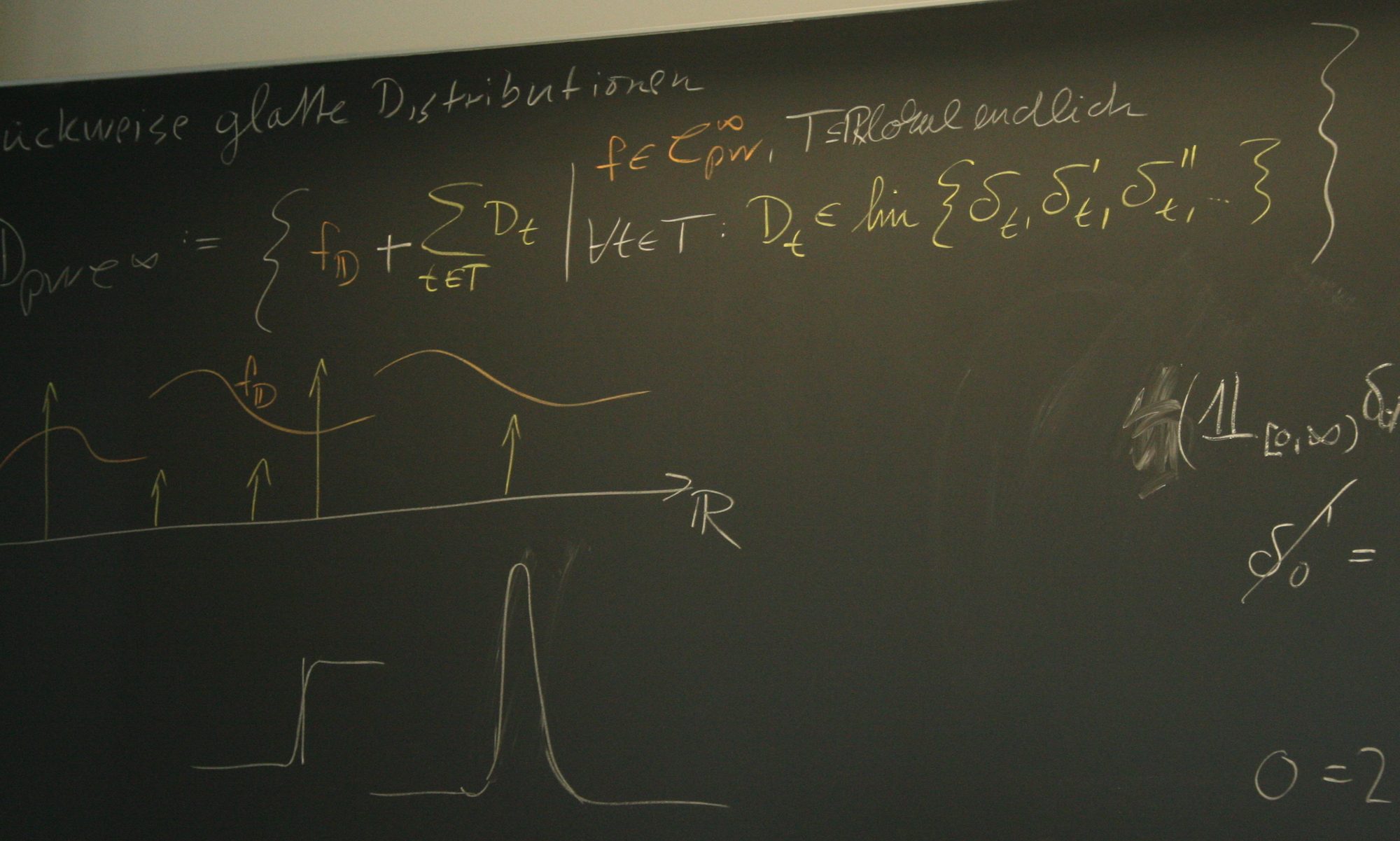2017
|
Berger, Thomas; Reis, Timo; Trenn, Stephan Observability of linear differential-algebraic systems: A survey Book Section In: Ilchmann, Achim; Reis, Timo (Ed.): Surveys in Differential-Algebraic Equations IV, pp. 161–219, Springer-Verlag, Berlin-Heidelberg, 2017. @incollection{BergReis17,
title = {Observability of linear differential-algebraic systems: A survey},
author = {Thomas Berger and Timo Reis and Stephan Trenn},
editor = {Achim Ilchmann and Timo Reis},
url = {https://stephantrenn.net/wp-content/uploads/2017/09/Preprint-BRT150721.pdf, Preprint},
doi = {10.1007/978-3-319-46618-7_4},
year = {2017},
date = {2017-01-01},
booktitle = {Surveys in Differential-Algebraic Equations IV},
pages = {161--219},
publisher = {Springer-Verlag},
address = {Berlin-Heidelberg},
series = {Differential-Algebraic Equations Forum},
abstract = {We investigate different concepts related to observability of linear constant coefficient differential-algebraic equations. Regularity, which, loosely speaking, guarantees existence and uniqueness of solutions for any inhomogeneity, is not required in this article. Concepts like impulse observability, observability at infinity, behavioral observability, strong and complete observability are described and defined in the time-domain. Special emphasis is placed on a normal form under output injection, state space and output space transformation. This normal form together with duality is exploited to derive Hautus type criteria for observability. We also discuss geometric criteria, Kalman decompositions and detectability. Some new results on stabilization by output injection are proved.},
keywords = {DAEs, observability, survey},
pubstate = {published},
tppubtype = {incollection}
}
We investigate different concepts related to observability of linear constant coefficient differential-algebraic equations. Regularity, which, loosely speaking, guarantees existence and uniqueness of solutions for any inhomogeneity, is not required in this article. Concepts like impulse observability, observability at infinity, behavioral observability, strong and complete observability are described and defined in the time-domain. Special emphasis is placed on a normal form under output injection, state space and output space transformation. This normal form together with duality is exploited to derive Hautus type criteria for observability. We also discuss geometric criteria, Kalman decompositions and detectability. Some new results on stabilization by output injection are proved. |
2013
|
Trenn, Stephan Solution concepts for linear DAEs: a survey Book Section In: Ilchmann, Achim; Reis, Timo (Ed.): Surveys in Differential-Algebraic Equations I, pp. 137–172, Springer-Verlag, Berlin-Heidelberg, 2013. @incollection{Tren13a,
title = {Solution concepts for linear DAEs: a survey},
author = {Stephan Trenn},
editor = {Achim Ilchmann and Timo Reis},
url = {https://stephantrenn.net/wp-content/uploads/2017/09/Preprint-Tre121015.pdf, Preprint},
doi = {10.1007/978-3-642-34928-7_4},
year = {2013},
date = {2013-01-01},
urldate = {2013-01-01},
booktitle = {Surveys in Differential-Algebraic Equations I},
pages = {137--172},
publisher = {Springer-Verlag},
address = {Berlin-Heidelberg},
series = {Differential-Algebraic Equations Forum},
abstract = {This survey aims at giving a comprehensive overview of the solution theory of linear differential-algebraic equations (DAEs). For classical solutions a complete solution characterization is presented including explicit solution formulas similar to the ones known for linear ordinary differential equations (ODEs). The problem of inconsistent initial values is treated and different approaches are discussed. In particular, the common Laplace-transform approach is discussed in the light of more recent distributional solution frameworks.},
keywords = {DAEs, solution-theory, survey},
pubstate = {published},
tppubtype = {incollection}
}
This survey aims at giving a comprehensive overview of the solution theory of linear differential-algebraic equations (DAEs). For classical solutions a complete solution characterization is presented including explicit solution formulas similar to the ones known for linear ordinary differential equations (ODEs). The problem of inconsistent initial values is treated and different approaches are discussed. In particular, the common Laplace-transform approach is discussed in the light of more recent distributional solution frameworks. |

